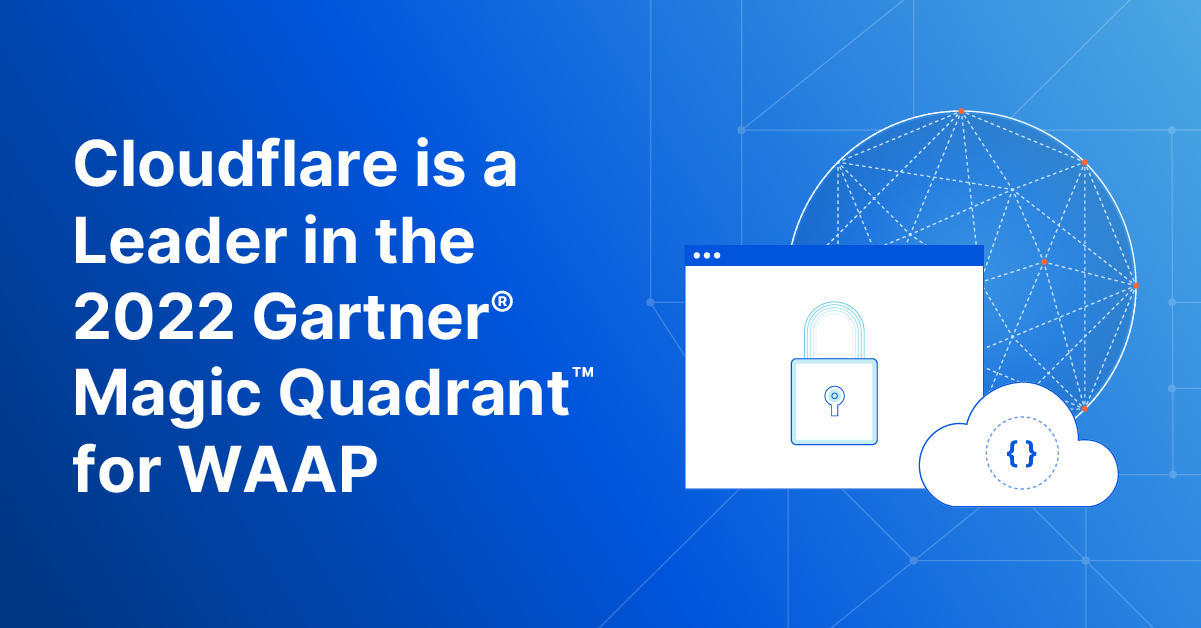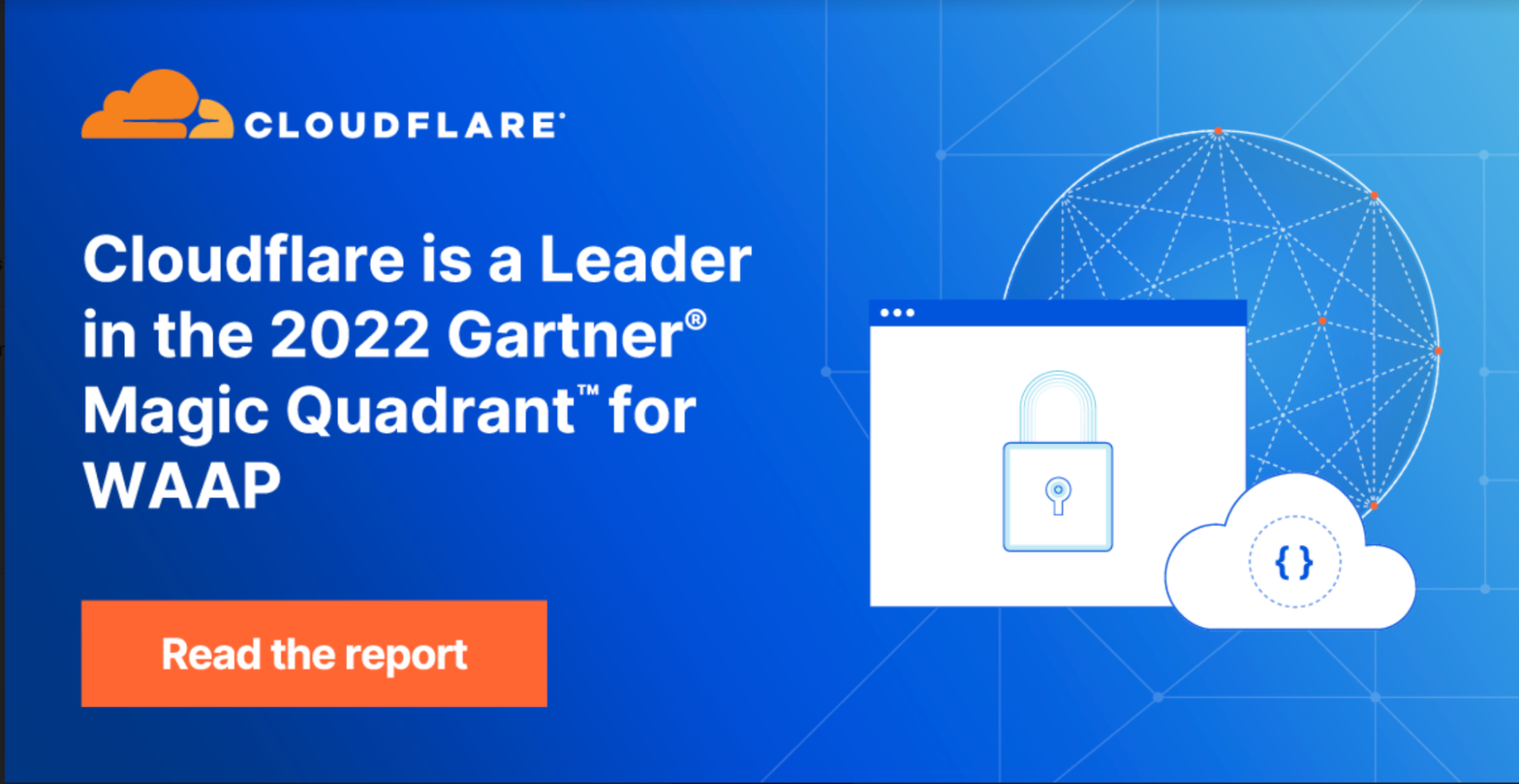Service Mesh And Ingress In Kubernetes: Lesson 3 – Service Mesh Fundamentals – Video
This video provides a deeper dive into service mesh fundamentals, why a service mesh is important, how it works, and the pros and cons of service mesh in Kubernetes.
The post Service Mesh And Ingress In Kubernetes: Lesson 3 – Service Mesh Fundamentals – Video appeared first on Packet Pushers.
Day Two Cloud 162: The Mental Health Of The 10x Samurai Ninja Engineer
In this Day Two Cloud episode, Ned and Ethan discuss the tradeoffs of mental health and professional achievement. Maybe you spend a lot of extra hours at work for your employer. Perhaps you focus on certifications after work and on the weekends. Maybe you say “yes” to more than you should, because you’re scared you’ll lose it all if you don’t. The tradeoffs are in your personal relationships. Your mental health. You suffer from burnout, anxiety, and stress. Is it all worth it? Ned and Ethan don't have all the answers, but they share their experiences and perspectives.
The post Day Two Cloud 162: The Mental Health Of The 10x Samurai Ninja Engineer appeared first on Packet Pushers.
Day Two Cloud 162: The Mental Health Of The 10x Samurai Ninja Engineer
In this Day Two Cloud episode, Ned and Ethan discuss the tradeoffs of mental health and professional achievement. Maybe you spend a lot of extra hours at work for your employer. Perhaps you focus on certifications after work and on the weekends. Maybe you say “yes” to more than you should, because you’re scared you’ll lose it all if you don’t. The tradeoffs are in your personal relationships. Your mental health. You suffer from burnout, anxiety, and stress. Is it all worth it? Ned and Ethan don't have all the answers, but they share their experiences and perspectives.What’s Driving Symmetrical Internet Access?
COVID-19 and broadband funding legislation together supercharged interest in equal speed download and upload connections as carriers lead the way.How Routers Became Bridges
Network terminology was easy in the 1980s: bridges forwarded frames between Ethernet segments based on MAC addresses, and routers forwarded network layer packets between network segments. That nirvana couldn’t last long; eventually, a big-enough customer told Cisco: “I don’t want to buy another box if I already have your too-expensive router. I want your router to be a bridge.”
Turning a router into a bridge is easier than going the other way round1: add MAC table and dynamic MAC learning, and spend an evening implementing STP.
How Routers Became Bridges
Network terminology was easy in the 1980s: bridges forwarded frames between Ethernet segments based on MAC addresses, and routers forwarded network layer packets between network segments. That nirvana couldn’t last long; eventually, a big-enough customer told Cisco: “I don’t want to buy another box if I already have your too-expensive router. I want your router to be a bridge.”
Turning a router into a bridge is easier than going the other way round1: add MAC table and dynamic MAC learning, and spend an evening implementing STP.
APIs and Ransomware: The Path Attackers are Using to Infect Organizations
Cyber defense in depth remains critical to thwarting attacks. Understanding your API exposure should be part of your cyber hygiene.Tech Bytes: Develop Custom Network Apps With Nokia’s SR Linux NDK (Sponsored)
Today on the Tech Bytes podcast we talk with sponsor Nokia about its SR Linux network OS. More specifically, because SR Linux is open, customers can write homegrown applications to solve specific problems with the network OS using Nokia's NetOps Development Kit (NDK).
The post Tech Bytes: Develop Custom Network Apps With Nokia’s SR Linux NDK (Sponsored) appeared first on Packet Pushers.
Tech Bytes: Develop Custom Network Apps With Nokia’s SR Linux NDK (Sponsored)
Today on the Tech Bytes podcast we talk with sponsor Nokia about its SR Linux network OS. More specifically, because SR Linux is open, customers can write homegrown applications to solve specific problems with the network OS using Nokia's NetOps Development Kit (NDK).Implementing zero-trust workload security on Amazon EKS with Calico
Whether you’re migrating to the cloud via lift-and-shift deployments, or re-architecting to a cloud-native architecture, the migration itself and adopting a microservices architecture is no easy feat. To accelerate their cloud-native journey, many organizations opt for a managed Kubernetes service, as the skill and resources required to run a container orchestration system at scale are demanding.
Fully integrated with core Amazon Web Services (AWS) technologies, easy-to-use, and most importantly, scalable, Amazon Elastic Kubernetes Service (EKS) is one of the most popular managed Kubernetes services for organizations running containerized applications in cloud.
The next immediate challenge after migrating to the cloud is security and compliance. As an AWS Competency Partner, Tigera’s suite of solutions, including Calico Cloud, Calico Enterprise, and Calico Open Source, are built to solve these challenges. These solutions are created with EKS security in mind, enabling users to implement zero-trust workload access controls along with microsegmentation to apply workload isolation during runtime.
In a new joint blog post with the AWS Partner Network, AWS Solutions Architect, Andrew Park, and Tigera’s Director of Solution and Partner Marketing, Dhiraj Sehgal, guides users through the journey of implementing zero-trust workload access controls and identity-aware microsegmentation for multi-tenant workloads in Continue reading
Cloudflare named a Leader by Gartner


Gartner has recognised Cloudflare as a Leader in the 2022 "Gartner® Magic Quadrant™ for Web Application and API Protection (WAAP)" report that evaluated 11 vendors for their ‘ability to execute’ and ‘completeness of vision’.
You can register for a complimentary copy of the report here.
We believe this achievement highlights our continued commitment and investment in this space as we aim to provide better and more effective security solutions to our users and customers.
Keeping up with application security
With over 36 million HTTP requests per second being processed by the Cloudflare global network we get unprecedented visibility into network patterns and attack vectors. This scale allows us to effectively differentiate clean traffic from malicious, resulting in about 1 in every 10 HTTP requests proxied by Cloudflare being mitigated at the edge by our WAAP portfolio.
Visibility is not enough, and as new use cases and patterns emerge, we invest in research and new product development. For example, API traffic is increasing (55%+ of total traffic) and we don’t expect this trend to slow down. To help customers with these new workloads, our API Gateway builds upon our WAF to provide better visibility and mitigations for well-structured API traffic for Continue reading
Tier 1 Carriers Performance Report: August, 2022
The post Tier 1 Carriers Performance Report: August, 2022 appeared first on Noction.
Network Break 397: VMware Aria Sings Multicloud Management; NVIDIA Ordered To Stop Selling AI Chips To China
This week's Network Break podcast tackles space weather, new products from VMware, a significant firewall vulnerability, an order barring NVIDIA from selling certain chips to China, and more tech news.
The post Network Break 397: VMware Aria Sings Multicloud Management; NVIDIA Ordered To Stop Selling AI Chips To China appeared first on Packet Pushers.
Network Break 397: VMware Aria Sings Multicloud Management; NVIDIA Ordered To Stop Selling AI Chips To China
This week's Network Break podcast tackles space weather, new products from VMware, a significant firewall vulnerability, an order barring NVIDIA from selling certain chips to China, and more tech news.Natural Vitamins to Help You Stay Alert
When it comes to staying alert throughout the day, many people turn to caffeine or sugary snacks for a quick energy boost. However, these foods can cause spikes and drops in blood sugar that ultimately lead to feelings of fatigue and low energy. To help keep you feeling energized and focused throughout the day, consider incorporating natural vitamins into your diet.
Vitamins That Help Promote Alertness
There are many vitamins that keep you feeling awake and energized. Here are a few of the most effective supplements to try:
Vitamin B6
The B vitamins are key for supporting brain health, and vitamin B6 in particular is known for its ability to help boost energy levels. This nutrient helps increase the production of the neurotransmitter serotonin, which promotes feelings of calm and well-being. It can also help improve sleep quality, making it an excellent choice for those who struggle with fatigue and low energy levels.
Iron
Iron is another essential nutrient that helps support brain health and energy levels. It plays an important role in the production of red blood cells, which are responsible for carrying oxygen throughout the body and to the brain. When your blood is low in Continue reading
Service Mesh And Ingress In Kubernetes: Lesson 2 – Ingress Fundamentals -Video
This video demonstrates installing an ingress controller, looks at different controller options, and provides some background on why you might want to use an ingress controller in a Kubernetes cluster. Michael Levan brings his background in system administration, software development, and DevOps to this video series. He has Kubernetes experience as both a developer and […]
The post Service Mesh And Ingress In Kubernetes: Lesson 2 – Ingress Fundamentals -Video appeared first on Packet Pushers.